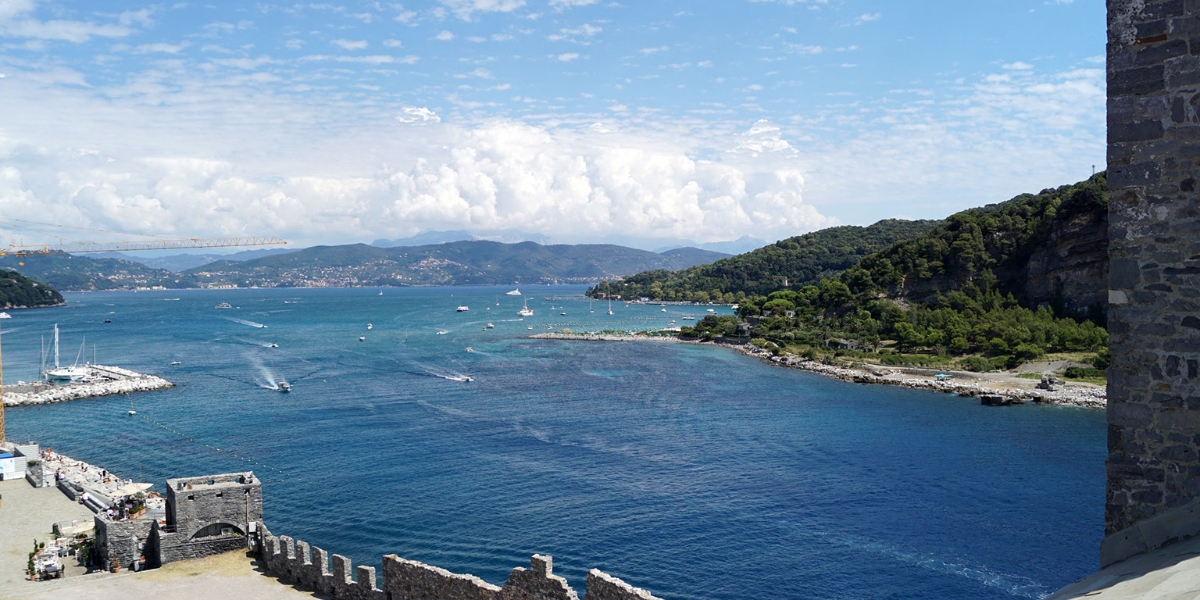The Guest House ‘La Linea D’Acqua’ in La Spezia is located in the center of the city, and can offer its customers a wonderful opportunity to access a whole range of activities to make their stay in our city as pleasant and enjoyable as possible.
Whether you want to devote yourself to cultural trips or you are passionate about hiking and nature, the Guest House ‘La Linea d’Acqua’ is the ideal place to satisfy all your stay and leisure needs.
The city is not only a starting point for other famous destinations, it is also worth a visit for its museums, churches and other remarkable places of interest.


